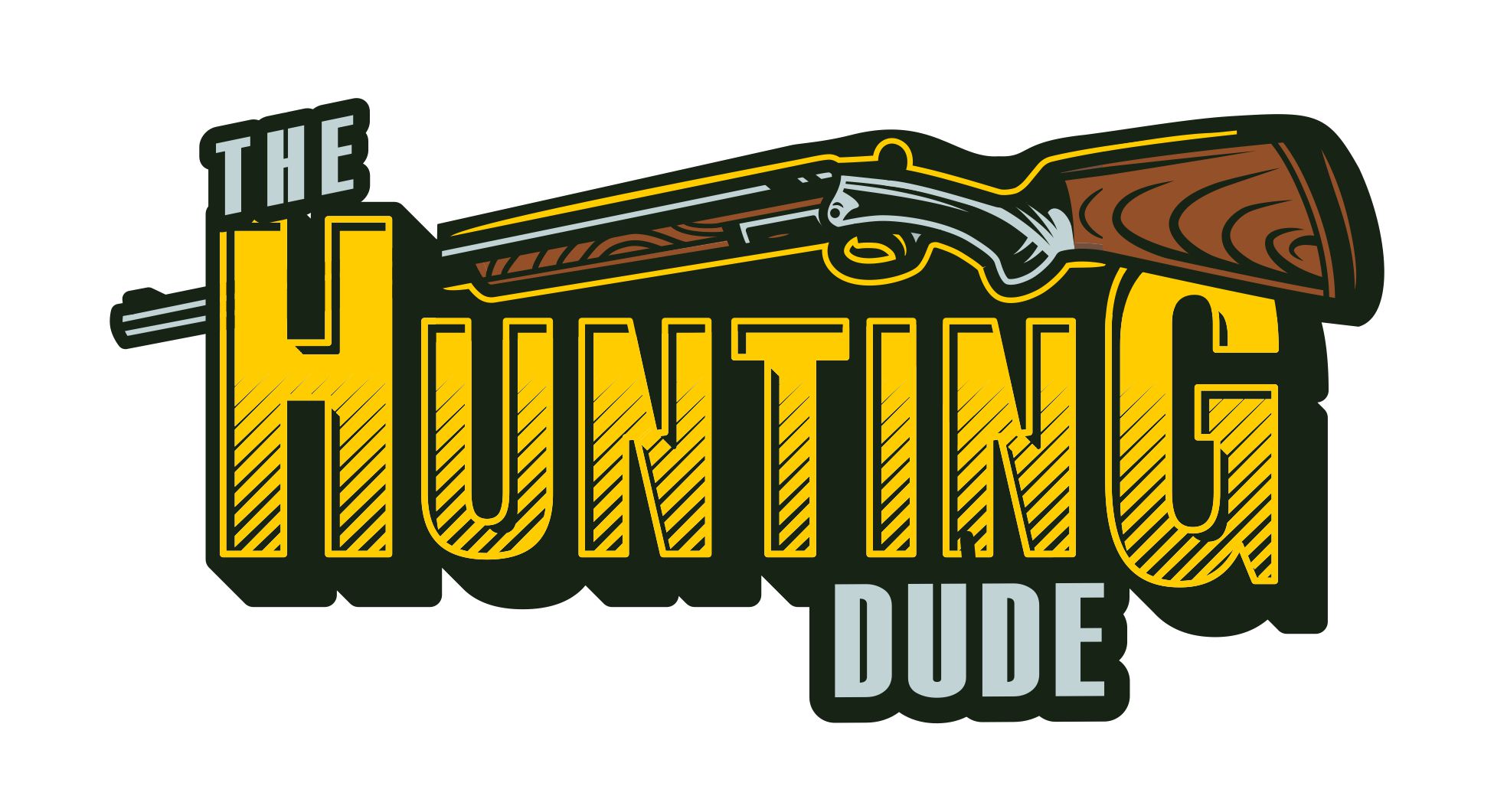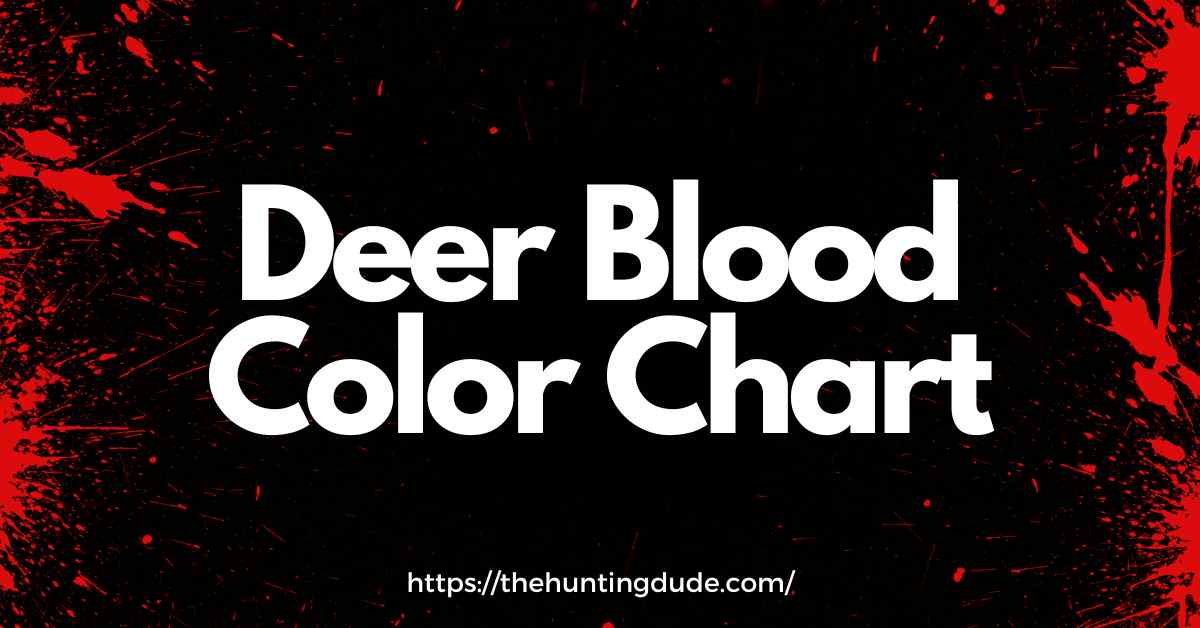Being a good hunter doesn’t mean that you always get the best shot, and not waiting for the best possible moment to shoot can make the deer flee the scene, requiring you to embark on a pursuit as the deer can run unexpectedly quickly, even when injured.
No hunter wants to lose the animals they hunt but this does happen occasionally, no matter how careful you are.
To save you from the hurt of losing your deer in the woods, we have some tips on how to track a wounded deer, and it’s nothing less than an art.
Ways to Track a Wounded Deer
1. Deer Reaction
Even the most experienced hunters get a bit excited when they wound an animal because hunting is an exhilarating activity.
The first thing you should do after the shot is take some time to collect yourself so you can approach the matter. Then, spend 20 to 30 minutes getting ready to track.
Make a mental note of the location of the animal when you fired. Moreover, the location where the deer was last visible before it vanished from view.
The majority of injured deer will often flee and lay down within a few hundred yards. Most will pass away in that first bed as long as you don’t force it.
The way the deer reacts after being shot tells you where exactly the deer has been hit.
Jumping and kicking its hind legs also known as the mule kick means you got a good shot either in the heart or lungs. After being shot in the heart or lungs, deer cannot run more than 100 yards away, so it is pretty easy to find.
Deer standing all hunched up means you got it in the stomach or back in the guts. If you see this, try to shoot it another time else you will have to wait several hours before you can start tracking it. Deer would want to bed after being shot like this and they will die in the bed if you let them by waiting a few hours before tracking.
And you most likely missed if the deer just stays motionless or dashes off with its tail lifted high as injured deer will run with its tail down.
2. Investigate the Scene
When the deer quickly bolts, you’ll probably see damaged branches, overturned leaves, and deeper deer tracks.
Use some flagging tape to mark this because leaving a mark at the initial site of impact serves as a guide as you begin to follow the path.
One should be really discrete while searching for a wounded deer. Ideally, you’ll also come across some deer blood or fur nearby.
If you do, examine the blood and hair texture. White long hair or darker hair with black ends depicts that the deer was shot somewhere underneath, from the breast to between the hind legs.
The legs have the shortest hair, which is both coarser and longer on the sides. It pays to take the time to carefully examine this significant indicator. Although the chances of finding it are slim, keep looking until all leads have been exhausted.
Another excellent technique to determine where you hit the deer is to observe the consistency of the blood. It helps if two people are tracking the deer as one could follow the path deer ran off to and the second person can look around the path for more clues.
Secondly, in tree trunks, you should keep an eye out for arrows or gunshots. A missed shot can be confirmed by arrows and bullet holes in trees or scuffed rocks in apparent incorrect locations.
3. Grid Search
You should undertake a grid recovery search, in which you move carefully in a straight line in a grid pattern to peruse an area for the body if you are unable to find the deer by following the blood trail.
When mapping the grid search area, understanding the topography of the landscape is essential. Deer that have been injured are more likely to seek refuge in low areas or near water sources.
You might need to ask your hunting group for assistance to grid search your deer, depending on your hunting grounds.
If you believe your deer has wandered further than you had planned, assign regions to each member of your group, and notify the owners of the nearby properties.
Also, for new hunters, there is equipment that can help you in your quest to locate an injured deer. There are blood-trailing flashlights available on the market that reveal blood to the human eye by illuminating it. Similarly, effective spray products are also available.
What To Do After Locating The Wounded Deer?
The process of tracking a wounded deer can be tiring, but it is crucial to keep certain things in mind for a successful outcome. It is important to be aware that a seemingly dead buck can suddenly come to life and cause harm, as their razor-sharp hooves can be dangerous.
When approaching a wounded deer, it is important to be cautious and approach from behind to avoid being kicked. When you locate the deer, pause and observe it for a while to determine if it is still breathing.
Once you are certain it is no longer alive, be prepared to take the final shot. Keep watching the deer for the next five minutes or more, as it may appear to be breathing even after it has expired.
If the chest is still rising and falling, it may be necessary to take another shot. Use a long branch to tap the deer’s eyes while keeping a safe distance, as a dead deer’s eyes will not blink when touched.
Deer Blood Color Chart
4 types of blood colors are present in different body parts;
1. Deep Red with a Pinkish Mix
It means you directly hit the heart. You’ll undoubtedly hear them thrashing around nearby, and their run will be brief. You have plenty of time to pursue them.
2. Light Pinkish Blood with Air Bubbles
It is most probably a lung shot. The blood flow won’t start right away but after a little time so you will find it away from where you hit the deer. With this type of injury, deer won’t run far so you can start tracking within an hour.
3. Dark Red
Extremely dark red blood means you hit the deer in the liver or kidney and the blood will get less regular with time. In this case, you must wait several hours before tracking.
4. Dark Brownish
Brownish blood with greenish or brown blobs in it is from a stomach hit and it is not a good sign. There won’t be much blood in this situation.
You should wait many hours before starting to track, possibly the following day, as it probably won’t travel very far before settling down, but it will be capable of getting up and moving for a considerable amount of time.
Conclusion
Being a hunter is a constant adventure, sometimes you have good days and sometimes you have bad days. On some occasions, despite one’s best efforts, a bad shot can occur, resulting in the need to track a wounded deer for several miles.
To help you in this search we gave you tips that include looking out for the deer’s reaction after getting shot, such as a hunched back or high jump.
Secondly, wait an appropriate amount of time before starting to track so you don’t push the deer away. Look for clues at the scene, such as the deer’s hair or the color and thickness of its blood. These can help you understand where you hit the deer and how long to wait before tracking it.
Blood color and consistency can tell you where you shot the deer and after how many hours can you start tracking the deer.
If you’re unable to find any clues, you can organize a search party and conduct a grid search of the area. This would increase the likelihood of finding the deer.

